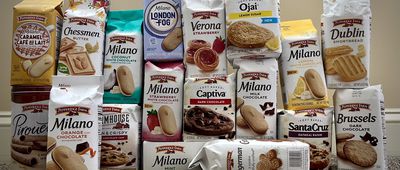Lowell, Massachusetts,
Market Basket started as a single store in Lowell, Massachusetts, in 1917, originally known as DeMoulas Market. Over the decades, it grew into a beloved New England chain. But in the 2010s, the company made headlines for all the wrong reasons.
After the founder’s death, his sons battled in court for control. Then their sons — Arthur S. and Arthur T. DeMoulas — picked up the feud and turned it into an all-out war. In 2014, Arthur T., who was CEO and beloved by employees for his hands-on leadership and generous benefits, was abruptly ousted by the board, which included rival cousin Arthur S. Employees walked off the job, customers boycotted stores, and parking lots sat empty for weeks.
After months of chaos and media frenzy, Arthur T. bought out the company for $1.6 billion — with the help of private financing — and returned to massive cheers.
Today, Market Basket is still family-run, and has nearly 90 stores across New England.
























